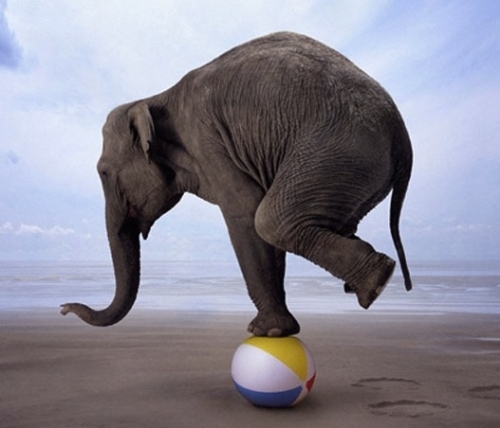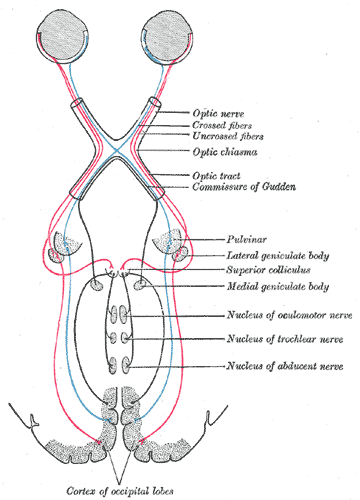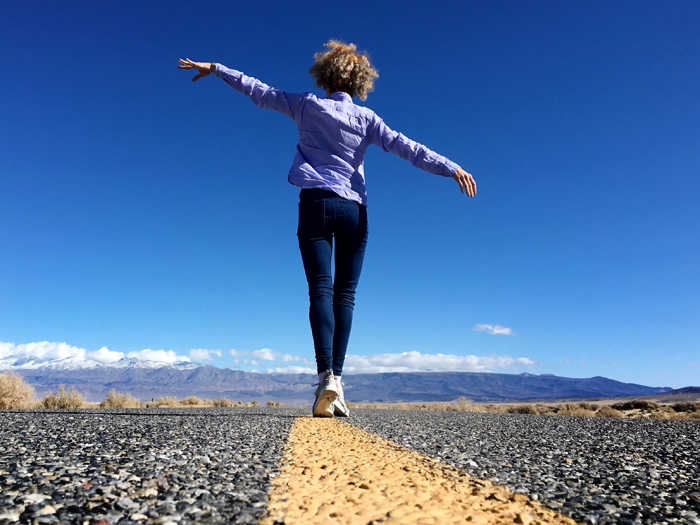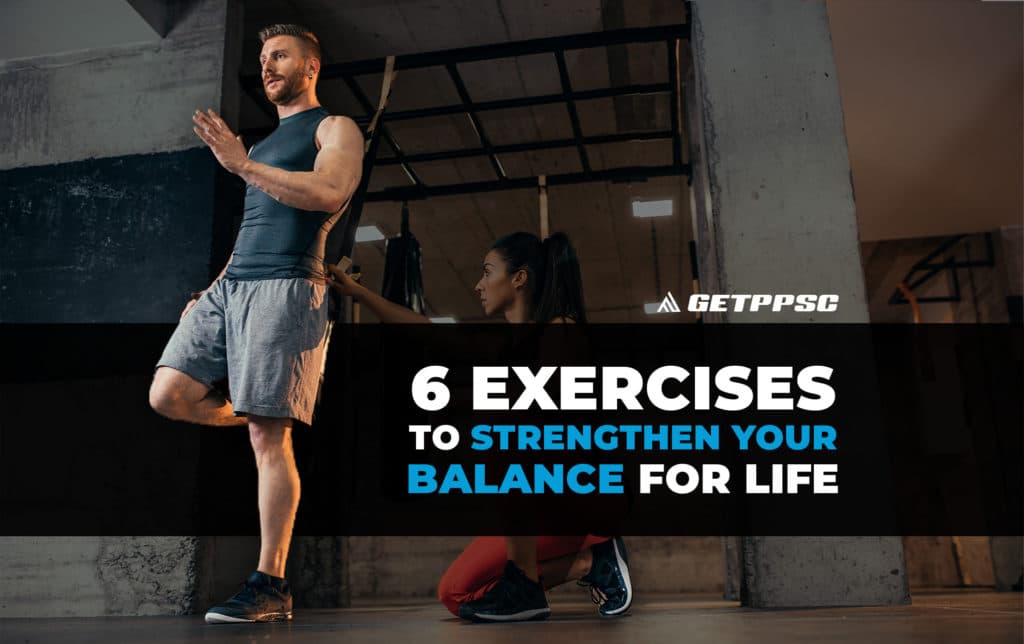Life is all about balance.
Feats of incredible balance are often quite mesmerizing. Whether it’s watching a tightrope performance, someone riding a unicycle, or crazy tricks at the X-Games; We can’t look away! This can be out of fascination, fear, or both.
Most people would love to be able to accomplish some cool one legged circus tricks (scroll through “the ol’ Instagram” & you’ll see what I’m talking about). Unfortunately, a poor understanding of what balance truly is & how to train it stops some people from progressing further than a one legged air plane. Balance training can be very simple & does NOT have to be a circus act, unless that’s what tickles your fancy of course.
Simplifying balance comes down to a deeper understanding of these few key points:
What is balance?
Why is balance important?
Why balance degrades & how we can mitigate that degradation.
Proper exercise selection.
It’s important that we have a solid general understanding of the first two points, the what & the why of balance before we get into how to train to improve balance.
We also have to respect that training balance (like training any other modality) can be extremely emotionally dependent. Most people do not WANT to fall. Losing your balance & taking a tumble is scary. It can be embarrassing doing balance training in crowded places while in front of a bunch of other people, especially if you’re struggling!
Balance training can be extremely demanding from a neurological standpoint; Make it easier and more enjoyable by training in a safe & judgement free environment.
WHAT IS BALANCE?

Put most simply, balance is a survival mechanism. Without your ability to balance your body weight over your center of gravity, you would go SPLAT every time you tried to move.
Balance is a combination of a few different systems that all work together to help your body navigate through space & keep you from tumbling to the ground every time you take a step or turn your head.
Those systems are the Visual System, the Proprioceptive System, & the Vestibular System. Thankfully, these systems involved in balance work reflexively, which means that we normally don’t have to give much thought to them.
THE VISUAL SYSTEM

The visual system is our main contributor to proper balance. We have millions of neurons in our eyes which makes processing visual stimuli our primary mode of deciphering what’s going on in our surrounding environment.
The visual system warns us of potential threats & obstacles that could throw us off of our center of gravity. When first starting to train balance, it’s important that it is done in a safe environment, free of potential hazards.
Depth perception as well as hand/foot & eye coordination are highly influenced by the visual system. These skills tie strongly to balance & can be the difference between a trip & fall for the average person or the difference between a game winning play for an athlete.
THE PROPRIOCEPTIVE SYSTEM

We are constantly receiving physical or proprioceptive sensory information about our environment from our skin, muscles & joints. Sensory organs (golgi tendons & muscle spindles) monitor changes in tension & length within the muscles & joints. These organs allow the whole system to perpetually make adjustments to movement based on the information they receive from the peripheral nervous system.
Information from the peripheral nervous system travels from superficial sensory receptors via afferent motor neurons towards the central nervous system. The central nervous system decides the level of threat & formulates a response to the stimuli. This response is sent back to the peripheral nervous system via efferent motor neurons to produce a motor output.
This process happens within milliseconds all throughout the body! Again, good thing these systems work reflexively & do not take much conscious thought.
A quick personal rant
Each step we take gives us a tremendous amount of information about what is going on around us via the sensory receptors in our feet. Ditching the moon shoes (running shoes) with the two inches of foam between our feet & the ground is a very powerful way to improve balance. By removing the block between the sensory receptors in our feet & the ground, we allow for proper communication between the feet and the brain.
Now this does not mean that we go straight from running shoes to navigating the world barefoot. Graded exposure when transitioning from running shoes to minimalistic or barefoot living is key in order to avoid injury!
THE VESTIBULAR SYSTEM

The vestibular system (largely the inner ear) provides the brain with information about where our head is relative to our surroundings. This is accomplished based on changes in pressure as well as vibrations from nearby sounds.
The vestibular system works closely with the visual system when it comes to depth perception, as well as knowing how much force to produce during gait. Baroreceptors help to determine how much pressure we need to apply when walking, running, & jumping.
If you’ve ever been on a week long cruise, you know how influential the vestibular system is as it pertains to balance! Not only does it take some folks a while to get their sea legs under them, we usually feel pretty wobbly on solid ground after getting off the boat as well.
WHY IS BALANCE IMPORTANT?

Again, balance is a survival mechanism. Without the constant & reflexive communication of all the systems involved in balance, we would not be able to create coordinated movement.
The best example for this would be alcohol consumption. Alcohol is a depressant & reduces the speed of sensory information. This is why drunk falls are often far worse than sober falls. This is also why field sobriety tests are heavily dependent on assessment of the eyes & gait pattern.
All of the beautiful & powerful coordinated movement we see performed in sports & dance is possible because of balance & the systems involved. Not everyone is an athlete or a dancer, yet still, balance is important for everyone as walking is most people’s primary mode of transportation.
Whether we like it or not, all movement ties back to gait patterning. We are either improving gait or making it worse. When training balance properly, we are improving upon our gait pattern. This will have a large impact on reducing pain and improving performance!
Why does balance degrade? How can we mitigate that degradation?
If you’re reading this and you’re on the younger side, you may have never had to think about balance outside of athletic pursuits. Balance starts to decline as we reach our mid to late forties.
According to the CDC, “One out of four older adults will fall each year in the United States, making falls a public health concern, particularly among the aging population. About 36 million older adults fall each year—resulting in more than 32,000 deaths.”
The good news? Proper balance can be cultivated through sound training principles & proactive intervention. Father time is undefeated, eventually all of our senses & capabilities start to degrade, but the old as time adage, use it or lose it comes to mind here. Although we will never be able to completely avoid a loss of balance, we can mitigate the effects by training balance before a bad fall happens!
Training to maintain power is a great way to avoid falls as well. Both power & balance degrade with age, especially if we do not use them. Training quick, explosive, powerful movements can be the difference between getting your foot planted and a face plant!
BALANCE TRAINING 101
Like most goals in life, the main reason balance training goes awry is that we try to do way too much way too soon! Movements such as the single leg deadlift & pistol squats should not be the go to when looking to improve balance. These movements need a solid foundation of familiarity & stability before being tossed into a program.
Balance training should assimilate seamlessly into the overall design of a program. I try to not even look at it as “balance training”, it’s really just training to get stronger the same way we do for every other movement.
Below are my go to exercises for improving balance. I use these in my own training as well as when programming for my clients. Piece of advice, we are never too advanced for the Split Squat. I am humbled over and over again by the difficulty of loading up the Split Squat!
6 EXERCISES FOR BETTER BALANCE
When I first begin working with a client, I like to introduce balance focused training by starting off with the most foundational single leg exercise there is; the Split Squat. Next we increase the balance demand of the hinge by biasing one leg at a time with a Kickstand Romanian Deadlifts.
Transitioning from both feet in constant contact with the ground to managing center of gravity via locomotion, we progress to Reverse Lunges & Walking Lunges.
As mentioned earlier, the top of the food chain as it pertains to training balance are movements such as the Single Leg Deadlift & The Pistol Squat. These movements are extremely demanding from a balance perspective & must be progressed to properly. I personally do not include Pistol Squats in any of my clients programming. In this article, we will be focusing on the Single Leg Deadlift & the Step Down as our peak exercises for training balance.
SPLIT SQUAT
The Split Squat is a great exercise to introduce single leg/balance training, since both feet remain in contact with the ground at all times. Although the front leg is doing most of the work, the rear leg helps to support some of our body weight as well.
The increased demand for balance (compared to bilateral squats) as well as the constant tension of the split squat will rapidly increase the heart rate as well as induce a skin splitting quad pump!
KICKSTAND RDL
A staple in my programming for myself as well as my clients. The Kickstand Romanian Deadlift is a phenomenal way to introduce an increased balance demand compared to bilateral Romanian Deadlifts.
The kickstand position allows for both feet to remain in contact with the ground while biasing the posterior chain on the flat foot. There is a very noticeable anti-rotational demand on the core for this one as well!
REVERSE LUNGES
Our first variation that involves a change in center of gravity; A moment of true unilateral weight bearing. As the moving leg reaches back, the front or working leg must accept all weight bearing responsibilities before the foot of the moving leg contacts the ground.
When performing with just body weight, I like to cue my clients to use a reciprocal arm drive to assist as a bit of a counter balance. The Reverse Lunge is my favorite lunge variation as it is more hip dominant & places less load on the knee.
WALKING LUNGES
Usually the place most trainees start when first performing a lunge variation, and usually with a barbell on their back.
Walking lunges are higher up on the PPSC Lunge Pyramid as they can place a high amount of force on the knee and have a greater balance demand since the trainee is moving through space.
I like to start my clients in a non-alternating walking lunge, focusing on a vertical ascent out of each lunge to avoid placing an improper load on the knee.
SINGLE LEG DEADLIFT
One of the most commonly butchered exercises in the gym (IMO). Most people compensate by extending through the lumbar spine thinking the goal of the exercise is to get the moving leg as high as possible.
This is the most balance intensive hinge variation there is and should be loaded accordingly! We’re just looking for a stretch through the hamstring of the working leg, not to get the dumbbell to touch the ground.
STEP DOWNS
Basically an elevated Pistol Squat, just more practical & trainable. I cue my clients to evenly distribute their weight throughout the front foot & tap the heel of the moving foot on the ground slightly behind the foot of the working leg.
CLOSING THOUGHTS
Balance training should be prioritized just like training any other modality, whether that be strength, hypertrophy, or power. Jumping into exercises that look like circus acts is a quick ticket to injury town. Graded exposure is the best approach when looking to get great results.
Understanding the intricacies of all the systems involved in training balance is important; Having fun & training balance in a safe/controlled environment is important-er.
Train the Split Squat heavy, hard, & often!!




